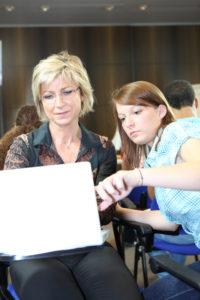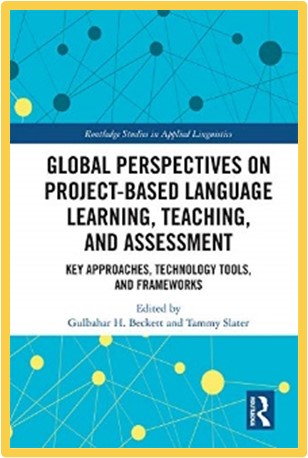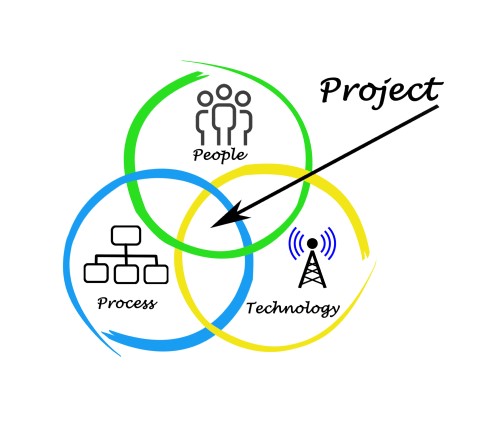Project-based learning in the second language classroom is not new. It has been used in second language classrooms for over thirty years. In German, the term is handlungsorientierter Unterricht (action-oriented teaching). It speaks to the active learning that takes place when students are involved in projects. Experiential learning provides concrete ways for students to learn the language while pursuing topics of interest.

In the Winter 2015 semester, I took on the challenge of teaching a project-based learning class to an advanced German class with an enrolment of 4 students. To give the class structure, I had each student create a video, a multimodal presentation and a website. The students co-created the rubrics for these assignments in German at the beginning of the semester. I supported them with class sessions on web 2.0 tools, activities to improve their German and lessons on pop culture. We profited from the support of a teaching assistant who taught lessons on translation and comic books. These classes were interspersed with peer feedback sessions in which the students reviewed each others’ work. While this was new to them, they caught on quickly. Most of all, they thoroughly enjoyed exploring their own topics and sharing their learning with their classmates, an audience of other German learners (another advanced class) and the wider world (since their videos and websites are on the internet). They learned to talk about their projects, their learning, and what they felt made a good final product – all in German!
Strong project-based second language learning courses share ten criteria. Friedricka Stoller, in her 2006 book chapter, outlines these ten criteria as:
having a progress and production orientation
being defined, at least in part, by the student
extending over a period of time
encouraging a natural integration of skills (technology and communication)
holding a dual commitment to language and content learning
having students work in groups and on their own
requiring students to take some responsibility for their own learning
resulting in students and teachers taking new roles and responsibilities
producing a final product for a larger audience
concluding with student reflections on process and product

I used their ten criteria to assess whether my Senior Projects in German course was truly a strong project based learning course. Reflecting back, my small number of students were a blessing since each student was able to pursue the project s/he chose. Their lack of experience with PBL was quickly overshadowed by their strong passion for their projects. The experience of designing a project-based learning course helped me to expand my teaching repertoire. Looking back, I can see things that I would like to have done differently, knowing now that some students need more structure than others and students work best when the class lessons directly support their projects. Overall, however, I consider the design of this course to be a success and have adopted this pedagogy for other courses I have taught since.

You can read more about this experience here:
Dressler, R., Raedler, B., Dimitrov, K., Dressler, A., & Krause, G. (2020). Project-based learning in the advanced German class. In G. Beckett & T. Slater (Eds.), Global perspectives on project-based language learning, teaching, and assessment: Key approaches, technology tools, and frameworks (pp. 69-84). London: Routledge. http://hdl.handle.net/1880/113124
Stoller, F. (2006). Establishing a theoretical foundation for project-based learning in second and foreign language contexts. In G. Beckett & P. C. Miller (Eds.), Project-based second and foreign language education: Past, present, and future (pp. 19–40). Information Age Publishing.
This post is an update from the original in May 2015

